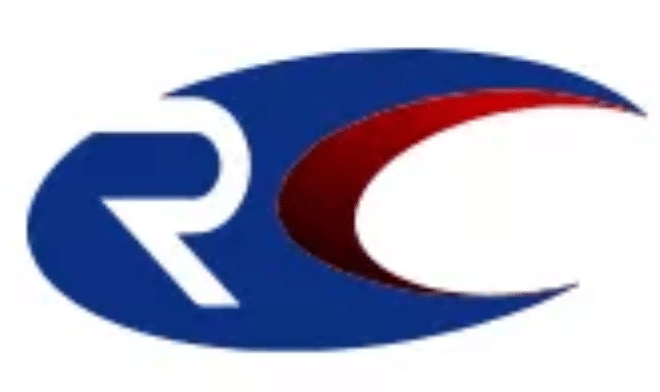Custom Molded Rubber Parts Upgrade for New Energy Vehicles: How Technological Innovation is Shaping the Future
HOME >> News >> Custom Molded Rubber Parts Upgrade for New Energy Vehicles: How Technological Innovation is Shaping the Future
News
Custom Molded Rubber Parts Upgrade for New Energy Vehicles: How Technological Innovation is Shaping the Future
Author: Site Editor Publish Time: 06-11-2025 Origin: Site

The rapid electrification of vehicles is driving revolutionary changes in chassis component engineering. As battery weight distribution, torque characteristics, and thermal management require fundamental redesigns, custom rubber molded parts – particularly vibration dampers and seals – are becoming pivotal performance differentiators.
Shifting Stress Landscapes
Modern NEV chassis face unprecedented demands:
- Vibration Complexity: Instant torque delivery creates torsional oscillations 300% higher than ICE vehicles
- Thermal Extremes: Battery proximity exposes components to sustained 140°C+ temperatures
- Weight Penalties: Suspension bushings must offset 600kg+ battery mass without adding volume
Technology Leap in Materials
Leading innovators now employ:
-
Multi-Axis Vibration Control
- Frequency-specific damping layers canceling 50-500Hz motor harmonics
- Carbon-nanotube reinforced EPDM achieving 40% wider temperature flexibility
-
Thermo-Regulating Seals
- Phase-change microcapsules absorbing heat spikes during DC fast-charging
- Dielectric-enhanced silicones preventing arcing in 800V architectures
-
Structural Intelligence
- Sensor-embedded air spring seals monitoring load distribution in real-time
- 3D-printed gradient foams optimizing stiffness-to-weight ratios
Global Validation Benchmarks
Progressive manufacturers now prioritize performance indicators absent from legacy standards:
- -40°C Cold-cycle Fatigue Resistance (validated per new Chinese GB/T 40718-2021)
- Electrochemical Compatibility to prevent seal degradation from leaked electrolytes
- Sodium Chloride Corrosion Immunity for coastal and winter-road conditions
The Next Frontier
Emerging requirements will accelerate material innovation:
▸ Solid-state battery compartments demanding ultra-low outgassing seals
▸ Torque vectoring systems requiring multi-directional bushing dampers
▸ Dynamic wheel loading (up to 2,300 N·m during regen braking) necessitating hybrid elastomer-metallic composites
Industry analysis suggests chassis rubber components now influence up to 17% of EV range through weight optimization and NVH management – transforming what was once a commodity part into a critical engineering platform.
